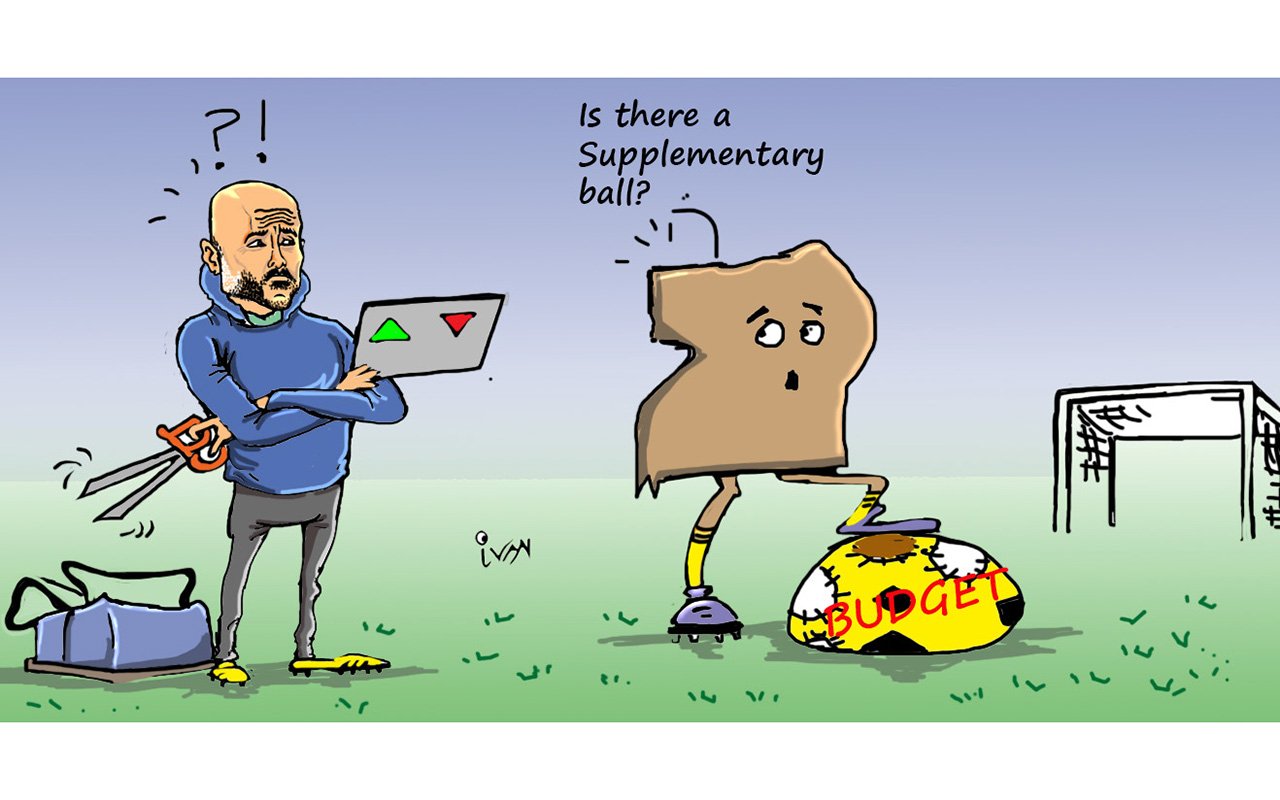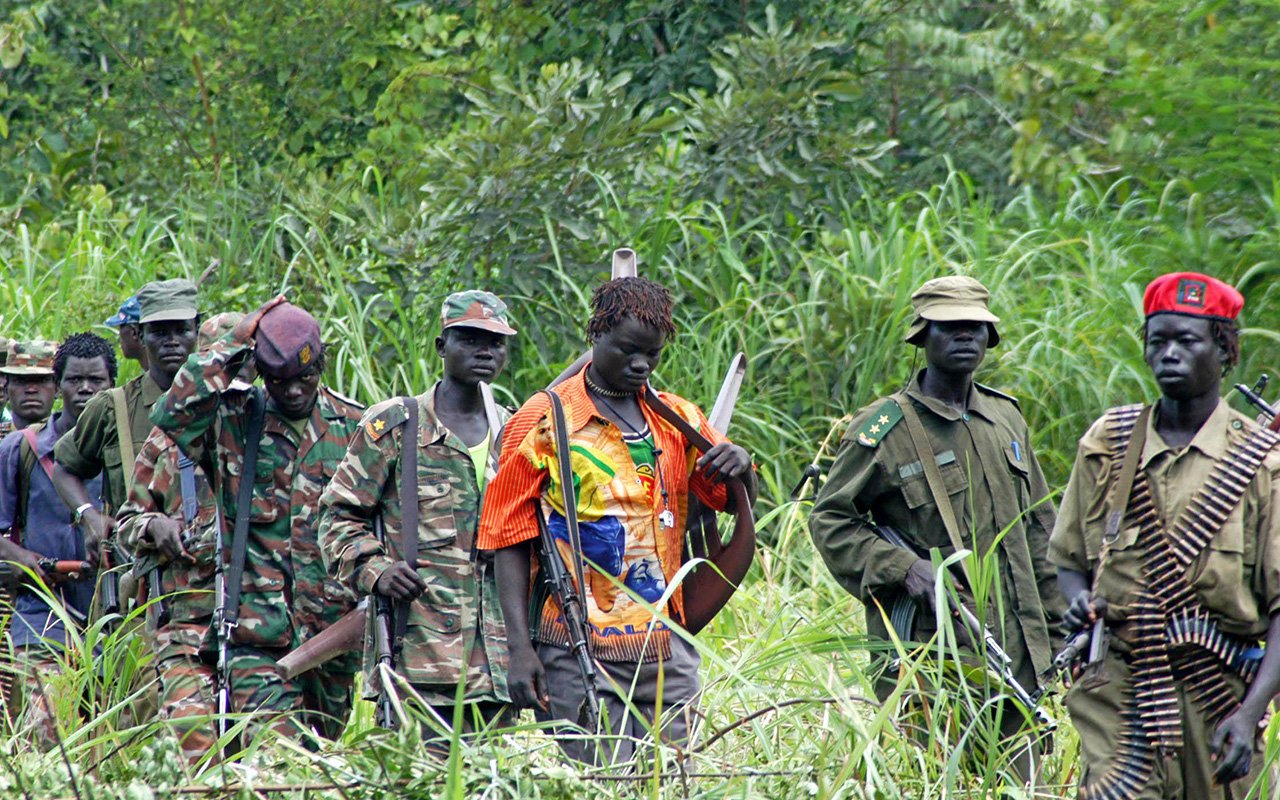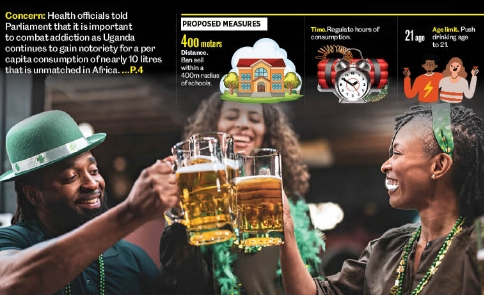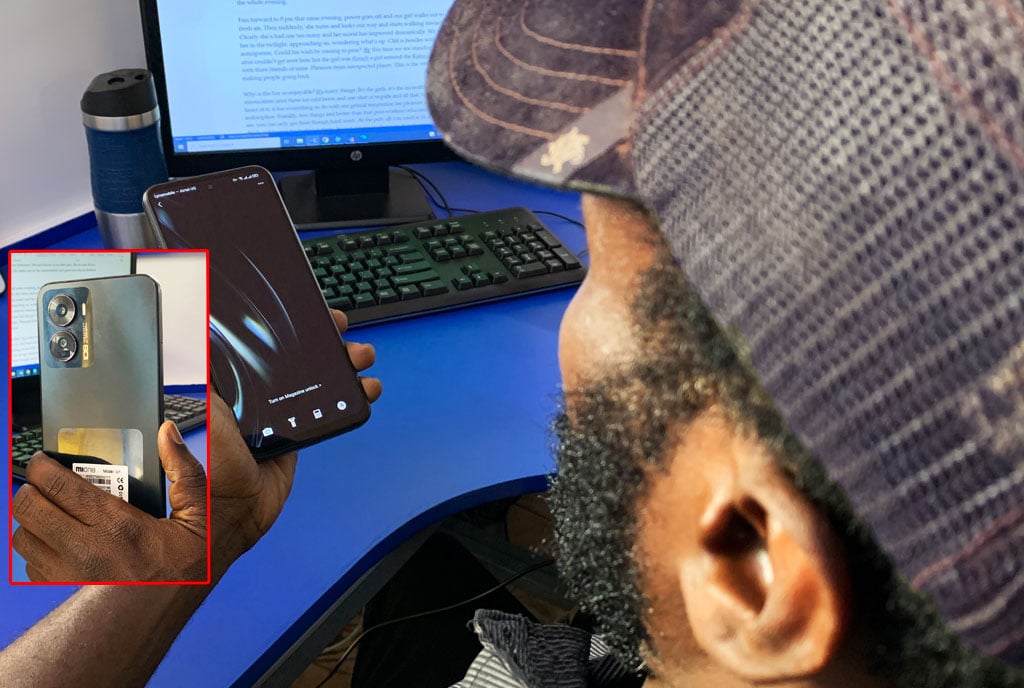Bukerere, the virgin area with investment potential
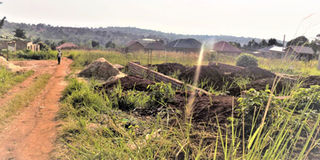
Many people working in town have started constructing residentials in Bukerere. Photo by Paul Murungi
What you need to know:
Whether you want farmland or to build a home far away from the noise in the city, Bukererere in Mukono will work for you.
Bukerere cell is a thriving area in Goma Division, Mukono Municipality teeming with construction of new residential and commercial houses. It is largely a residential area. A visit to Bukerere shows a promising future. For those interested in establishing a good home or business, welcome to Bukerere!
Mugwanya factor
The history of Bukerere cannot be complete without Stanslaus Mugwanya, one of the three Buganda regents.
Lazaro Musoke, the Local Council chairperson says, Mugwanya was among the first settlers of Bukerere and used his influence to acquire a huge chunk of land that extends beyond a square mile.
The land is under mailo system. Land in Bukerere has been passed down to his descendants. His great great grandchildren are the current owners of the square mile that comprises Bukerere and other villages.
“At first, it is Mugwanya who settled here with most of his family members. Mugwanya was a pro-people person. Most of us living on this land are bibanja holders or sitting tenants. In the past, he used to give away land and tenants would pay busuulu [ground rent]. No one owns land in Bukerere apart from the Mugwanya family. Bukerere is big. It is almost one square mile but Mugwanya’s land is beyond a square mile,” Musoke says
Cost of land, busuulu
In early 2000, people started scouting Bukerere to buy land. The policy changed, Mugwanya’s descendants started to allow bibanja holders to sell plots of land.
However, the status quo remained unchallenged with bibanja holders or original tenants and those with plots of land had to pay busuulu (ground rent).
“We started selling plots of land in early 2000. At that time, a 50 x 100ft plot of land cost between Shs800,000 and Shs1m. Buyers were few at that time. But between 2007 and 2010, that’s when buyers started to come and cost of plots shot to Shs 2.5m.”
It is the bibanja holders who have the right to sell plots of land in Bukerere.
After buying a plot of land, a buyer is then taken to the rightful owners of the land who are Mugwanya’s descendants. A plot buyer is required to buy a kanzu for the mailo land owner and in addition, pay Shs40,000 per year as stipulated in the Land Amendment Act, 2010. This is a form of agreement and, therefore, no land title is offered.
“Currently, a 50 x 100ft plot costs Shs15m without a land title. Here, we don’t own land titles because it is mailo land but in neighbouring villages like Nakagere, the same plot of land can be got at Shs30m with a land title,” Musoke explains.
Smaller plots of 50X 75ft and 50X 50 ft can be got at a cost ranging between Shs6m and Shs8m. “You don’t need a lot of money to buy land in Bukerere. Even Shs2m can buy land here because that can buy 20x20ft,” Musoke says.
Meanwhile, the effect on mailo land in Bukerere has resulted in slashing of cost of land by half due to lack of land titles. Real estate companies have kept away from Bukerere because they want titled land.
For rent, a single room in Bukerere costs between Shs50,000 and Shs80,000. A double goes for about Shs120,000.
Farm land
Residents of Bukerere are mainly engaged in farming. Musoke says for anyone interested in small scale farming, Bukerere still has vacant land that people can buy to establish small scale farms.
In fact, a scan of the area shows small farms of pigs and cattle as well as Matooke.
Meanwhile, few hardware and merchandise shops, animal feed stores have been established to cater for needs of the growing middle class that is in Bukerere.
Moses Sendawula is a resident in Namugongo, but runs an animal feeds store business in Bukerere which he says is very profitable. he told this writer that he put up his house for sale in Namugongo to buy land and settle in Bukerere.
Invest in rentals, services
Bukerere’s surging population is also an investment opportunity for people investing in property especially for low cost rentals since the standard of living is still low.
However, for anyone interested in future investments, invest in middle class rentals.
Become a service provider
There are hardly any good supermarkets, restaurants, hard ware and furniture shops here. Specialised services such as plumbing are also not easy to access.
Therefore, for someone with a business mindset, this is an opportunity for you to invest in these services. Hardware business, for instance, work very well here as there is a lot of construction going on.
Despite its rural setting, Dona Lutaya says the place has attracted new settlers in the area, including the elite, who have changed its face by constructing modern houses.
Development in the area
Bukerere has a rural and an urban life mix. The old residents still live a rural life while the new residents are giving the area an urban feel.
“In the past, we used to have one shop in Bukerere but that has changed. New residents have come with business ideas and have started shops, bars, and schools,” Musoke says , adding: “We never used to have power; and power lines used to stop along road sides. But we now have power in the whole village. We also didn’t have piped water. We now have piped water in most of the areas.”
Mugwanya’s generosity and kindness led him to give away part of his huge chunk of land for construction of churches, schools and hospitals. Bukerere has a community health centre and private clinics. It also has both public and private schools.
Access to the city
Bukerere has good road connectivity to Kampala. Bukerere has many roads that can lead to city.
“In Katale zone, for instance, there is a road that connects to Gayaza, if you opt to take the Misindye road; there is a road that connects to Seeta. Still at Misindye round about, there is a road that connects to Namugongo where one can choose to either connect to Ntinda or to Kireka,” he notes.
Location
Bukerere is 17 kilometres from Kampala. Taxis heading from Kampala to Bukerere, branch off at Kireka- Namugongo road. At Kyaliwajjala in Namugongo, they again branch off to join the Namugongo- Seeta road. Along this route, one branches off at a place called Misindye where the murram road begins. From Misindye, one will travel through Goma and Kiwango to Bukerere.
Bukerere is bordered by Kiwango, Nakagere, and Namasiga cells, which are also fast rising cells.
Transport from Bukerere to Kampala costs between Shs2,500 and Shs3,500, depending on time and bargaining power.
